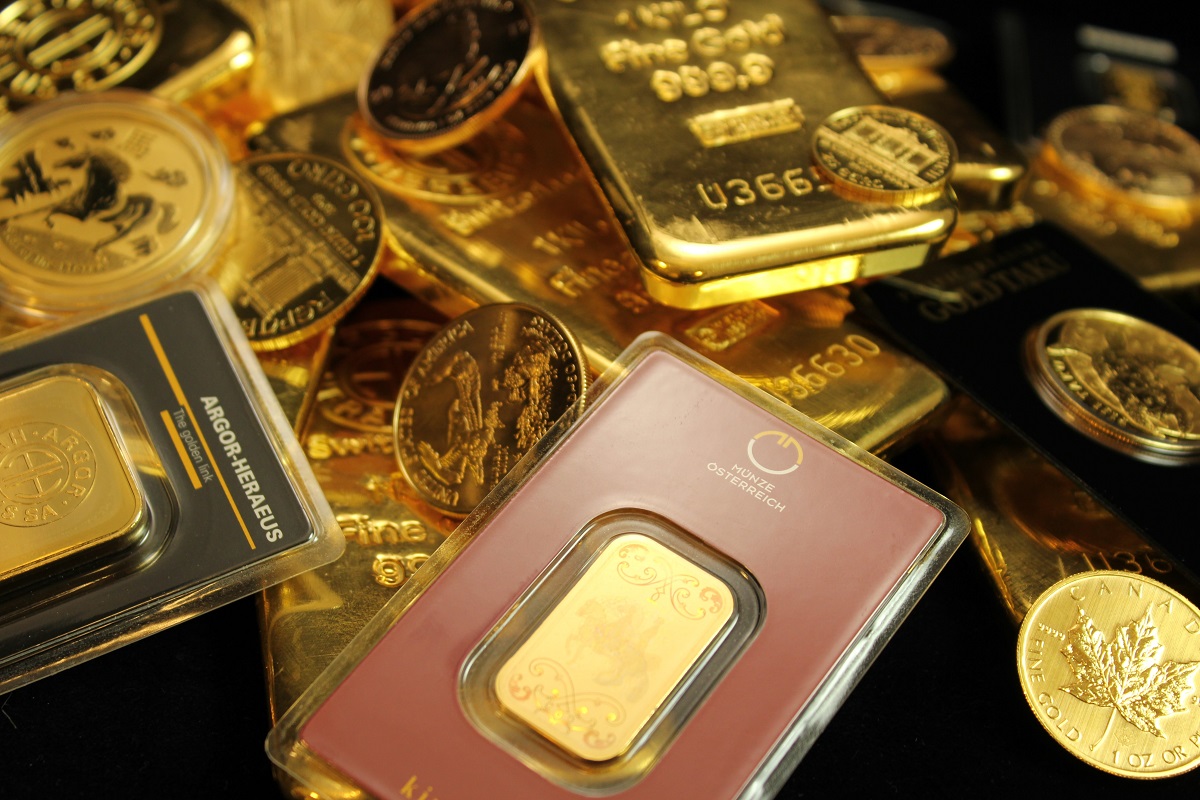
In the U.S., a study predicts that work from home will prompt an “apocalypse” for downtown office real estate, but things don’t seem as gloomy in Canada.
“Physical office occupancy in the major office markets of the U.S. fell from 95% at the end of February 2020 to 10% at the end of March 2020 and has remained depressed ever since, only gradually creeping back to 47% by November 2022,” write three researchers in a recent paper.
The authors claim that commercial office buildings “may become a stranded asset in the wake of disruptions resulting from remote work”, especially with lower-quality properties. In the short term, they calculate that the value of office buildings has declined by 44.8%, and in the long run, up to 2029, should stabilize around a 39.2% loss.
Dangers of a “Fiscal Doom Loop”
Drops of such magnitude would be bad not only for real estate but for the banks that hold the debt involved, for whole downtown districts and cities themselves. The authors warn that “a fiscal doom loop” could set in, noting: “For example, the share of real estate taxes in NYC’s budget was 53% in 2020, 24% of which comes from office and retail property taxes.”
“In big cities like New York and San Francisco,” indicates Stanford economist Nicholas Bloom in a New York Times op-ed,” we estimate large drops in retail spending because office workers are now coming into city centers typically 2.5 rather than five days a week. This is reducing business activity by billions of dollars — fewer lunches, drinks, dinners and shopping by office workers. This will reduce City Hall tax revenues.”
Josh Varghese, co-founder of Axia Real Assets, sees the present challenges of central business districts (CBDs) as the extension of a long-term trend of “decentralization”: the fact that we can do things from practically anywhere. “That phenomenon started with malls and it’s now moving into offices, he says. Offices are not competing with a few single things, but with a culture.”
That is the “digital nomad” culture, where people carry out their work from home, but also coffee shops, from the countryside and foreign countries. Technology is the enabler, but there is also a major financial constraint at play: affordability. “Downtown is so expensive, Varghese highlights, and it’s hard for people to save any money there.”
The underlying logic is quite simple: downtowns make less financial sense and technology allows people to leave. And as more people leave, city services wither, lose in attraction, and a downward trend sets in. However, Varghese notes, all this “doesn’t mean the death of downtown, but CBDs are certainly challenged.”
The View from Canada
Christopher Tsichlas, Senior vice-president, credit rating, real estate and public finance at DBRS Morningstar, shares Varghese’s perspective, though he is more optimistic. “I think an apocalypse is fairly unlikely,” he says, “I believe offices are still an important part of corporate strategy in maintaining a culture, for training and so on. Furthermore, if all companies ask employees to work three days in the office, it’s hard to see how they can manage with less space.”
Following his own experience, Tsichlas says that “we’re being asked to return to the office on a more regimented way at least three days a week. You hear the same from other employers, like the big banks.” And while some reconfiguration is needed in shared areas and meeting rooms, “The move toward less square footage is certainly trending,” he recognizes.
Certain factors distinguish Canada from the American scene. Real estate in Canada is less competitive, Tsichlas explains: “Many owners are strong institutions with long investment horizons. So we are less likely to see an environment of distressed sales. And Canada is probably a bit more urbanized than the U.S., which is more conducive to maintaining the downtown core.”
However, the DBRS Morningstar analyst doesn’t rule out major shocks. “We could probably see some things that look like an apocalypse, but only for some markets.”
Canada’s Challenged Cities
Calgary, Waterloo, Halifax and Montreal could be among the victims. While Canada’s national downtown vacancy rate average stabilized at 16.9% for the first time in the third quarter since the beginning of the pandemic, it stands at 32.9% in Calgary, 23.6% in Waterloo, 18.8% in Halifax and 16.1% in Montreal, according to the most recent CBRE report.
The situation in Canada seems worse than some of the most challenged cities in the U.S. (Manhattan: 15.2%, San Francisco: 24.2%, Dallas: 32.2%), however, “Canada still boasts three of the five lowest downtown vacancy rates in North America,” reports a Real Estate News Exchange article. Those three are Vancouver (7.1%), Ottawa (11.5%) and Toronto (11.8%).
Montreal could see its vacancy rate climb to 21% and as high as 40% in 2027, according to Altus Group numbers, which sets the city’s vacancy rate at 17.6%, reports Montreal’s Gazette. “We see new leases being signed with reductions in square footage of 20, 30 or 40%,” said an Altus Group spokesperson.
Altus sees telework as the main cause of these developments in Montreal, but the fact that the Lafontaine tunnel, a major artery feeding traffic in and out of the city, will be half-closed for the next few years will certainly contribute to further the stranglehold on Montreal’s offices.
One key factor could skewer the whole office situation in Canada: a recession and its impact on employment. On the one hand, Vargas says, “what happens if we hit a recession and employers see that as the moment to force workers back to the office – otherwise you’re out of a job?”
In addition to pressure on workers, a recession would also worsen conditions for landlords. Lease transactions would probably fall and realtor credit risk, increase. “Demand for space is highly correlated with job growth and that continues to support office fundamentals, Tsichlas points out. Combine work from home and a higher supply of space, a recession couldn’t come at a worse time”.




















